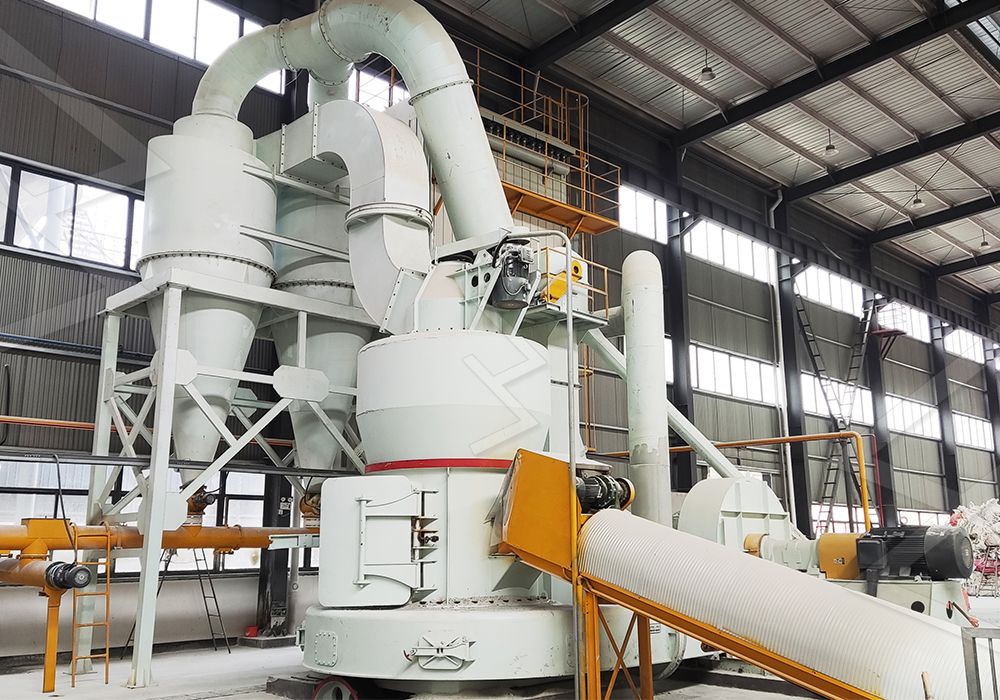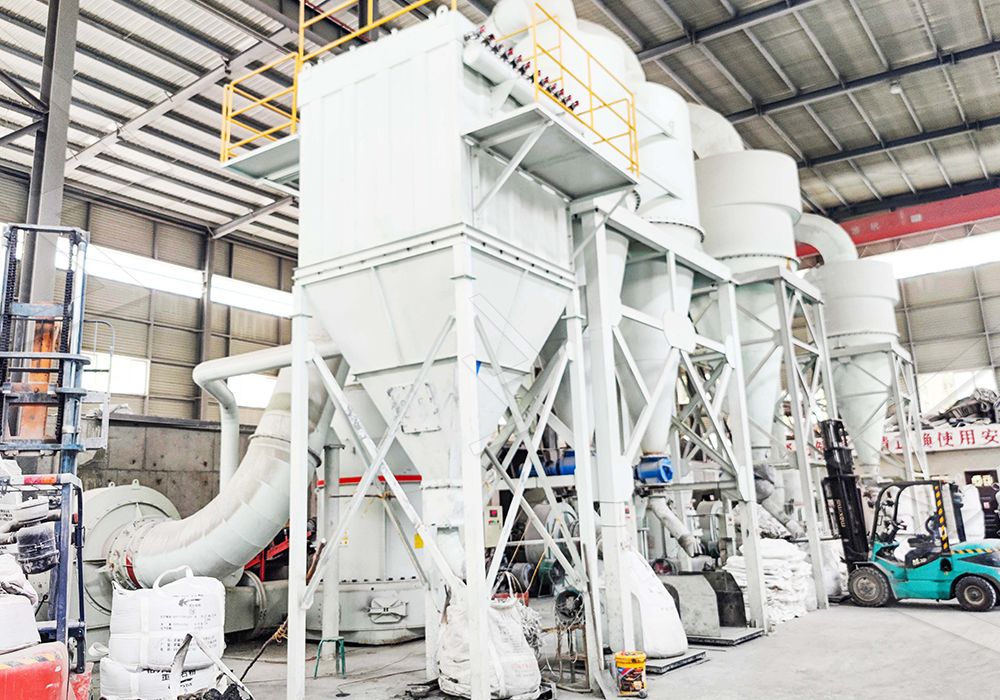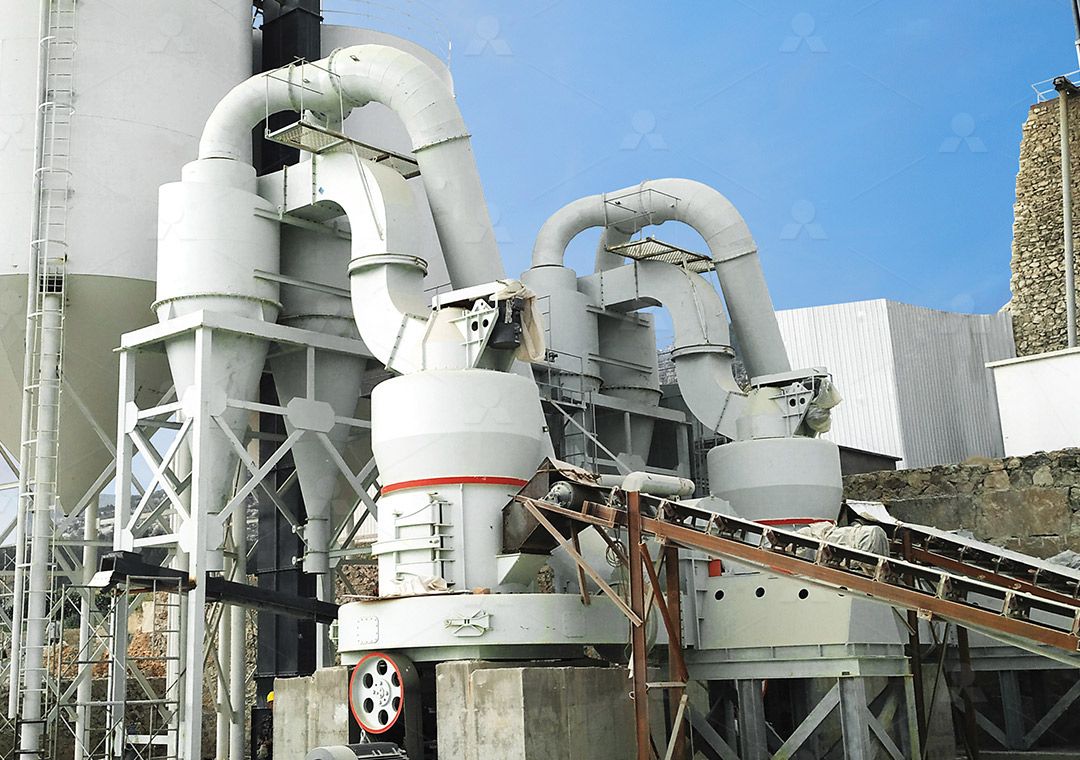Mill Machine Parts and Their Functions: A Comprehensive Guide
We provide a wide range of mills — including Raymond mill, trapezoidal mill, vertical mill, ultrafine mill, and ball mill, obtained ISO9001 international quality certification, EU CE certification, and Customs Union CU-TR certification. Suitable for processing minerals such as limestone, phosphate, quicklime, kaolin, talc, barite, bentonite, calcium carbonate, dolomite, coal, gypsum, clay, carbon black, slag, cement raw materials, cement clinker, and more.
The discharge range of these mills can be adjusted to meet specific processing needs, typically from 80-400 mesh, 600-3250 mesh, and can achieve the finest particle size of up to 6000 mesh(D50).
If you are looking for a reliable grinding solution to turn stone or minerals into fine powder, please feel free to contact our online customer service.
Mill Machine Parts and Their Functions: A Comprehensive Guide
In the world of industrial processing, grinding mills are the workhorses that transform raw materials into fine powders for countless applications. Understanding the key components of these machines is crucial for operators, maintenance personel, and anyone involved in powder processing. This guide breaks down the essential parts of a typical grinding mill and their primary functions.
1. The Grinding Chamber: Heart of the Operation
This is where the magic happens. The grinding chamber houses the primary size-reduction components. It’s designed to contain the material and grinding forces while withstanding significant abrasion. Key elements inside include:
- Grinding Rollers/Rings: These are the primary contact points that apply pressure and shear forces to crush and grind the material. Their design curve is critical for efficiency.
- Turnplates/Tables: Rotating surfaces that feed material under the grinding rollers, ensuring even distribution and consistent processing.

2. The Reducer and Drive System
The reducer is the powerhouse transmission that converts the motor’s high-speed rotation into the high-torque, lower-speed motion required for grinding. A well-designed drive system ensures smooth, consistent operation and protects against shock loads that could damage the mill.
3. The Powder Separator/Classifier
Perhaps one of the most sophisticated components, the separator determines the final product fineness. Modern mills, like our MW Ultrafine Grinding Mill, feature advanced cage-type powder selectors based on German technology. These allow precise adjustment of fineness between 325-2500 meshes and achieve high screening rates of d97≤5μm in a single pass. This component is why you can get such a consistent, ultra-fine product.
4. Feeding and Discharge Systems
Consistent feeding is vital for stable mill operation. Vibrating feeders, elevators, and hoppers work in concert to deliver a steady, controlled stream of material to the grinding chamber. On the output side, discharge valves and systems ensure the final product is removed without causing pressure drops or backflow that disrupt the grinding process.

5. Dust Collection and Environmental Controls
No modern mill is complete without integrated environmental controls. Efficient pulse jet dust collectors are standard, capturing over 99.9% of particulate matter. Mufflers and noise reduction enclosures keep operational sound levels within strict regulatory limits. This makes equipment like our MW Ultrafine Grinding Mill not only powerful but also a responsible choice for plant environments concerned with worker safety and community impact.
6. Lubrication and Hydraulic Systems
Reliability is paramount in grinding operations. Advanced mills design their lubrication systems for easy external maintenance, often allowing lubrication without shutdown—a feature that enables true 24/7 continuous production. Hydraulic systems are used to adjust grinding roller pressure, optimizing the mill for different material hardnesses and desired outputs.
7. The Control System: The Brain of the Mill
Modern mills are increasingly digital. PLC-based control systems allow operators to accurately monitor and adjust key parameters like grinding pressure, rotational speed, and feed rate. This digitalization, combined with CNC-machined core parts, ensures high precision and repeatability in the final product.

Choosing the Right Mill for Your Application
Selecting a mill isn’t just about capacity; it’s about matching the machine’s technology to your material and product requirements. For operations requiring ultra-fine powders in industries like cosmetics, pharmaceuticals, or high-end chemicals, a mill designed specifically for that purpose is essential.
Our MW Ultrafine Grinding Mill is a standout choice for these demanding applications. With an input size of 0-20 mm and a capacity range of 0.5-25 tph, it’s versatile enough for many pilot and production-scale operations. Its defining feature is the absence of rolling bearings and screws in the grinding chamber, virtually eliminating the risk of mechanical failure and contamination from worn parts—a critical advantage for purity-sensitive industries. Furthermore, its design yields 40% higher capacity than jet mills and double that of ball mills while consuming only 30% of the energy of a jet mill. For anyone serious about efficient, reliable, and clean ultra-fine grinding, it’s a technology worth serious consideration.
Understanding these core components and their functions demystifies the grinding process and empowers better operational, maintenance, and procurement decisions. Investing in a mill with robust, well-designed parts translates directly to higher uptime, lower operating costs, and a superior final product.
